Intro by Master Adrienne Page, Master of the Garden
For last year’s Middle Templar, I interviewed the Inn’s Assistant Gardener, Fiona Packe, to mark her first full year working in our gardens under Head Gardener, Kate Jenrick. The charming raised-bed vegetable garden behind Temple Church had been Fiona’s project since she came to Middle Temple. Influenced by French potagers, her design last summer had included a wide variety of vegetables, salads, herbs, and decorative flowers all grown from seed. Her care for this corner of the Inn’s estate was justly rewarded last Autumn when the Worshipful Company of Gardeners chose the vegetable garden for the award of ‘Best Enclosed Courtyard in the City’ in its City of London summer competition. This summer, Fiona’s planting has been inspired by this year’s commemoration of 80 years since the end of the Second World War, incorporating vegetable varieties that were current during the Dig for Victory programme. Fiona has written a short history of this campaign with illustrations from the time.
Very sadly for the Inn, by the time this article is published, Fiona will have left us to take up a prestigious new position as Head Gardener of the new garden being created in Regent’s Park to commemorate the life of Queen Elizabeth II. You can find out more about this wonderful new public garden development here.
In addition to the best courtyard award, Fountain Court has this year won a trophy from the Worshipful Company as part of its competition ‘Flowers in the City Winter Colour’, which was another triumph for Kate and Fiona, upon which it is a pleasure to congratulate them.
Tucked behind the Church next to the Master’s House is a small but plentiful Kitchen Garden, created ten years ago to bring some soft landscaping into the courtyard.
To commemorate the 80th anniversary of the end of the Second World War, we are paying tribute to the ‘Dig for Victory’ campaign. The campaign was launched by the government in 1939 to combat food shortages by promoting and encouraging the planting of allotments in gardens and on public land. There were no exceptions – Kensington Gardens and the moat of the Tower of London were converted to allotments. Closer to home, the main lawn of Middle Temple was cultivated, and as mentioned in the Weekly Statesmen at the time, ‘there now flourish tomatoes, and cabbages, while lines of French beans are growing up their string supports’.
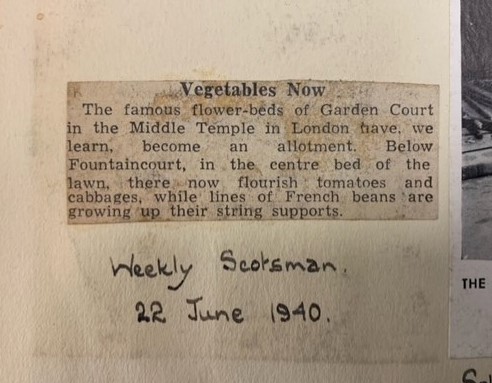
One allotment holder at the Inn was Miss Morgan Gibbon. On Thursday, 30 May 1940, it was ordered in Parliament that no decorative plants be planted in the garden that summer. The Under Treasurer wrote to her on Monday, 3 June 1940, ‘I am glad to say that I have induced Sir Holman Gregory, Master of the Garden, to give you “carte blanche” to do what you like with the rose bed near the Embankment Railings’.
People were growing fruit and vegetables on any available space. Window boxes, flat roofs and the roofs of Anderson shelters were all utilised, long before ‘micro gardening’ and balcony gardens were a trend. The growing interest in sand and aggregate gardening had an early advocate with Queen Elizabeth the Queen Mother, when being shown round the City of London, suggesting just sowing direct into the rubble sites. And that they did. (ref Worshipful Co. of Gardeners)
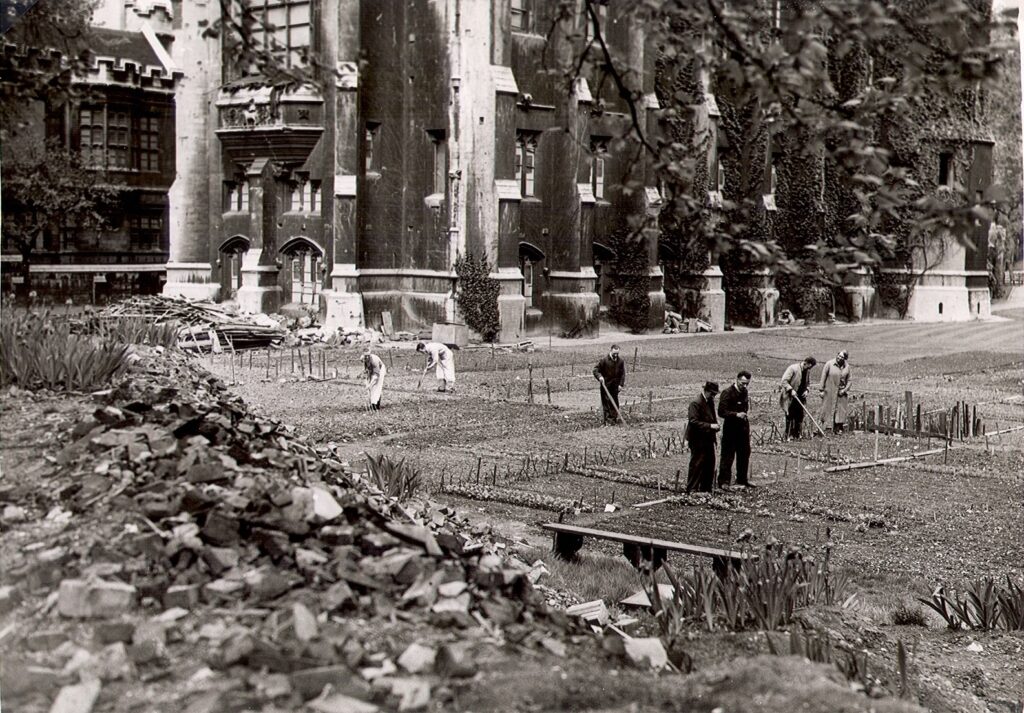

The Dig for Victory campaign was a huge success. Before the war, Britain imported about 75% of its food. By 1945, 75% of food was produced in Britain, and allotment numbers rose from 815,000 to 1.4 million. As well as ensuring Britons were fed, the Dig for Victory effort freed up much-needed space on shipping to carry weapons and raw materials that were so vital for the armed forces.
The government produced a series of very informative monthly guides for allotment gardening. The leaflets covered a wide range of gardening subjects, from when to sow, what to grow, how to cultivate your patch, how to store, pickle and preserve your food, and what feed and pesticides to use. Gardeners were using some toxic pesticides, including nicotine, DDT, and Paris Green (a dual-purpose paint and effective insecticide containing arsenic). Thankfully, these are now banned. Post-war chemicals and inorganic fertilisers were widespread throughout the UK. However, there was a movement of farmers and growers resisting the industrialisation of farming, and they stuck to organic methods. In 1946, The Soil Association was formed.

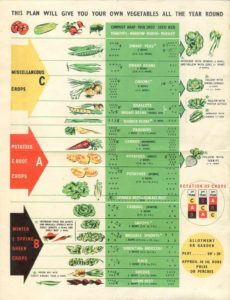
The kitchen garden here at Middle Temple is grown organically. We mulch the beds in Spring using manure kindly delivered to us by Buckingham Palace. Not all crops need feeding. We do feed Tomatoes regularly, and sometimes the Brassicas with a weak seaweed feed. Nettle, or comfrey ‘tea’ are other organic options.
Companion planting is an excellent way of encouraging pollinating insects that will fend off pests such as black fly and green fly. This year, we are growing calendula and tagetes to deter whitefly and aphids. Strongly scented herbs such as sage and mint are thought to confuse the flea beetle and stop it from laying eggs on brassicas. One of my favourite flowers in the allotment garden is Limnanthes douglasii (poached egg plant). It flowers throughout the season and attracts a range of pollinators, including hoverflies, which are effective pest control.
With peace shortly, the Ministry of Agriculture did not want this reasonable effort to end, and for gardens to be turned into flowerbeds. A leaflet dated March 1945 stated that not more than one-tenth of peacetime flowers should be grown, ‘just a happy fringe.’
The allotments at the Middle Temple were soon transformed back to ornamental gardens after the war. On Thursday, 27 June 1946, it was ‘resolved that a letter be written to the Gardener (a Mr A Speake) expressing the great appreciation of the Masters of the Bench of his work in restoring the garden to its present attractive condition.’
This year, when planning what to grow in the veg garden, I’ve been researching heritage and heirloom varieties that were grown at the time and are still available now. ‘Painted Lady’ runner beans, ‘Long Island’ Brussels sprouts, ‘Giant Prague’ celeriac and ‘Ailsa Craig’ tomatoes, to name a few.
Please feel free to have a stroll and visit the veg garden tucked behind the Church next to the Master’s Garden. I’d also like to say a thank you to the Archive department for digging out photos and delving into the garden history for us.
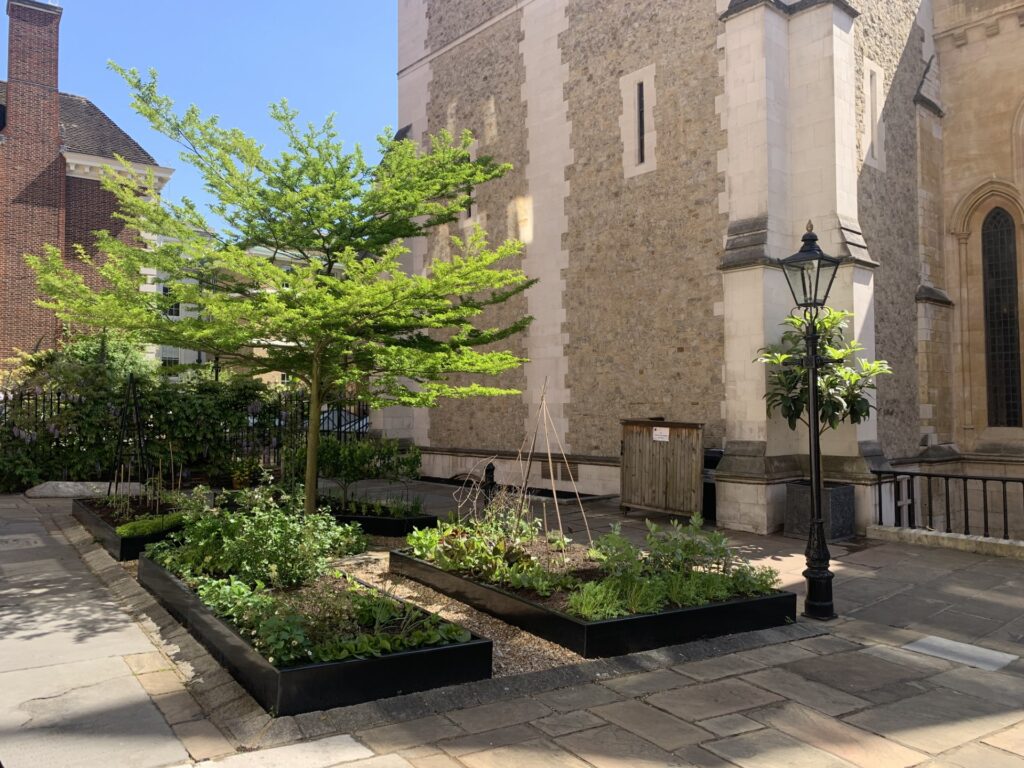
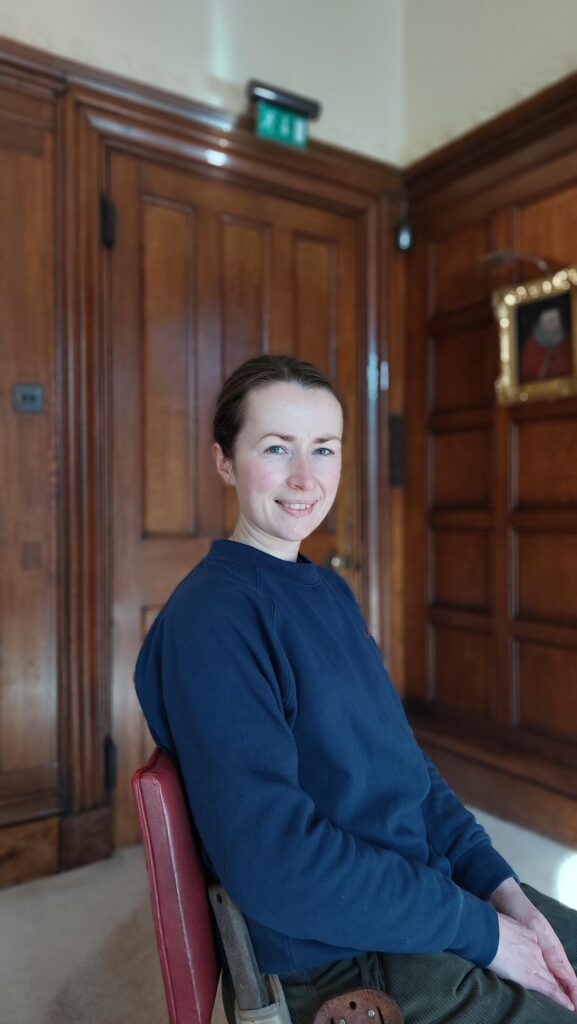
Fiona Packe


